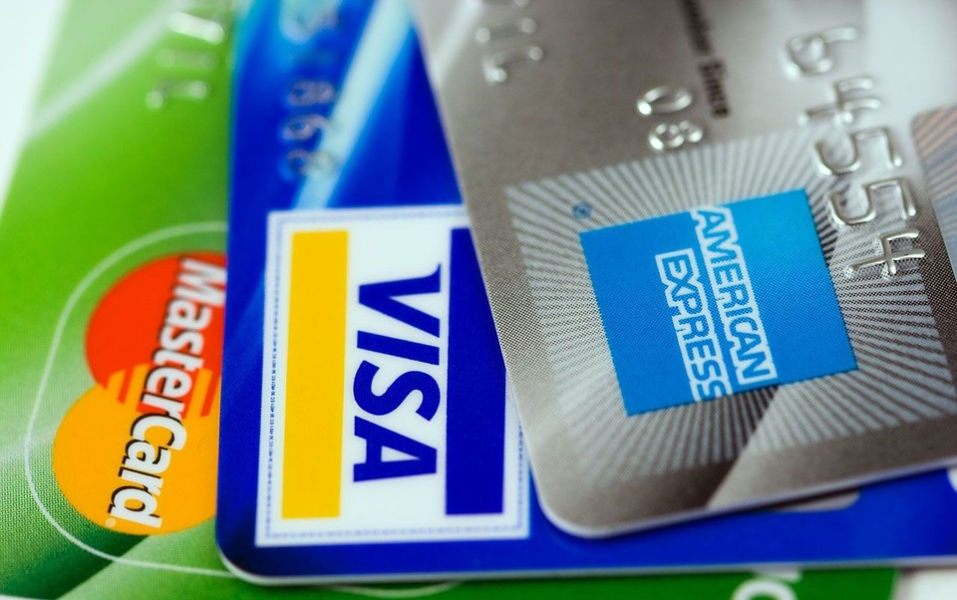When it comes to debt, what you don’t know can hurt you financially. Vancouver-based Licensed Insolvency Trustee and Vice-President of Sands & Associates Blair Mantin helps people with debt solutions every day and is no stranger to giving advice and guidance about dealing with debt. He believes it’s vital that consumers are aware of their rights and responsibilities and “knowing is not owing” is a motto his firm deeply values.
Blair joined Global News to dispel some common myths and misconceptions many Canadian consumers have around debt and debt management strategies.
Watch the clip here and read more below:
Breaking Down 5 Common Debt Myths
Myth #1: Creditors Can Always Sue You Over a Debt Owed
As Licensed Insolvency Trustees we often help people who are dealing with old debts that they just haven’t been able to pay off, or sometimes newer debts that they may be in no position to repay because they have very limited income and/or few assets. What a lot of people don’t know is that there is a Statute of Limitations on Debt.
In the province of British Columbia, the Limitation Act sets out a limitation period which caps the length of time creditors can take action against you (i.e. to sue) for a debt owing. While technically the debts do remain payable, your creditors really have no recourse other than putting notations on your credit history and sending you mail once the Statute of Limitations kicks in – and eventually even the most persistent of collection agencies will generally give up.
Essentially, if it has been two years (or more) since you incurred the debt, made a payment on the debt, or acknowledged the debt – the creditor who is owed the money can no longer take legal action against you to force you to pay.
- BC has a two-year basic liability limitation period, which is two years after:
- The date an unsecured debt was incurred;
- The last payment against it was made; or
- The last written acknowledgment of the debt by the person who owes the money (including emails);
- Timing is critical with this resource – certain actions can restart the two-year period. For example, making ‘partial’ or ‘good faith’ payments (no matter how small) can reset the two-year clock.
This isn’t an easy course of action though, two years can feel like a very long time and for a lot of people their situation can change down the road and they will want to deal with the outstanding debts.
A note of caution: Not all debts will be subject to this limitation period, such as:
- Debts that you have already been sued for and are required to pay;
- Debts owing to government bodies like Canada Revenue Agency for tax debt or student loans;
- Arrears of child or spousal support.
Read an Overview of BC’s Statute of Limitations on Debt
Myth #2: There’s No Forgiveness for Government Debts
Unlike general consumer debts for things like a credit card, you can’t “wait out” government debts. But what many people don’t know is that you can have government debts written-off/forgiven.
- Provincial and federal student loans, income tax debts, outstanding business GST and payroll debts and more can be settled by making a Consumer Proposal to your creditors, or by filing a bankruptcy. Both these options will serve to halt collection action including wage garnishments and bank account freezes.
- Besides a bankruptcy proceeding, a Consumer Proposal filed by a Licensed Insolvency Trustee is the only “negotiation” strategy Canada Revenue Agency and other government bodies will accept when it comes to consolidating and reducing a balance on your debt with them.
Read an Overview of Wage Garnishment in BC
Myth #3: Incorporating Your Business Fully Protects Owners
Many business owners are aware that essentially any debts a sole proprietor or partnership business accumulate are payable by their owners, since there is no distinction between business and owner.
Unfortunately, some business owners have a false sense of security when it comes to protecting their personal assets and liabilities if they incorporate their business:
- While corporations may protect owners from their debts to some degree, there is still a personal liability created for certain debts you cannot avoid becoming personally responsible for such as:
- GST and payroll remittances;
- Wages;
- Debts you have signed a personal guarantee for (i.e. committed to pay in the event the company cannot).
Learn more about Debt Solutions for Businesses
Myth #4: Co-signing a Debt Means a 50/50 Responsibility
Whether you’re considering co-signing on a loan for a family member, thinking about taking on joint credit/debt with your spouse or otherwise, it’s important to understand just what you’re really signing on for:
- By co-signing a debt you become equally responsible for repaying 100% of the unpaid balance to the lender;
- If the original borrower doesn’t pay back the debt the bank can demand that anyone listed in the loan or agreement (i.e. the co-signer/co-borrower) repay the ENTIRE balance – not half. This type of liability is known as ‘joint and several’;
- Some types of debts have an acceleration clause which will allow the lender to demand immediate payment for the full balance if the borrower breaks any part of the agreement, such as missing payments.
Be careful with credit card accounts as well as loans/leases:
- Primary cardholders are ultimately responsible for paying for the purchases made by additional cardholders, but don’t assume that because the primary card was issued to the other person and you were given a secondary card this automatically means you’re off the hook;
- Read your applications and lending agreements carefully to understand the terms of borrowing and who is responsible for what – these can change depending on the lender and whether they are considering an application/account for “additional cardholders” or “co-borrowers/co-applicants.” Always check the fine print!
5 Ways to Make Your Debt Problem Worse
Myth #5: You Are Responsible for Paying Your Spouse’s Debts
We meet with many couples where one person is carrying a lot of debt and would benefit from filing a Consumer Proposal or even a bankruptcy to consolidate their debts and get a fresh start but they’re holding back because they are concerned about shifting that financial responsibility to their spouse.
- One person filing a Consumer Proposal or bankruptcy does not transfer those debts to their spouse – and it doesn’t mean their spouse must also file.
Regardless of whatever commitments come along with a marriage or common-law spouse status, legally taking on your spouse or common-law partner’s debts isn’t one of them:
- One spouse is not responsible for repaying the debts of the other spouse by virtue of marriage or cohabitation;
- You ARE responsible for repaying debts you’ve co-signed for or taken on jointly (as previously discussed), or;
- Debts triggered as marital debts by act of separation under the Family Law Act.
For more information about these ‘debt myths’ or any other questions about debt and getting debt advice – contact a Sands & Associates Licensed Insolvency Trustee from any of our local BC offices. If you’re ready to get a plan to be debt-free, book your confidential free debt consultation today.






